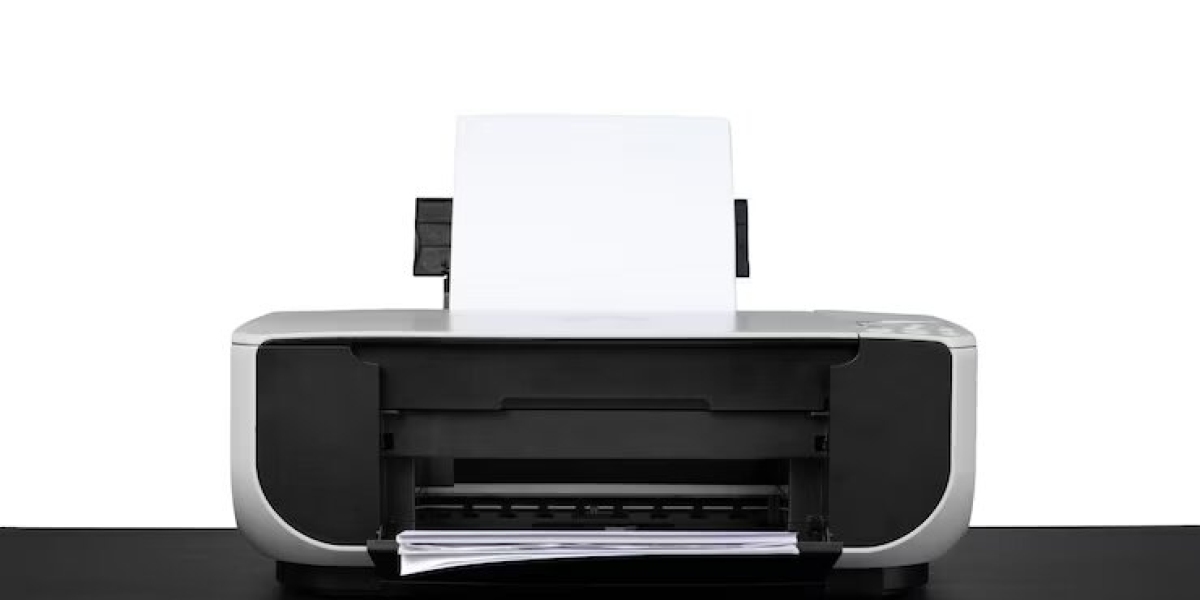The advent of space exploration has always been marked by groundbreaking innovations, and one of the most exciting recent developments is space print technology. This cutting-edge technology is poised to revolutionize the way we approach manufacturing and sustainability in space, offering remarkable possibilities for future missions and extraterrestrial settlements.
The Concept of Space Printing
Space printing, or additive manufacturing in space, involves creating objects layer by layer from digital models using materials available in space or transported from Earth. Unlike traditional manufacturing methods that rely on subtractive processes, space printing minimizes waste and maximizes efficiency. This technology has the potential to produce everything from tools and equipment to entire habitats directly in the space environment.
Advantages of Space Printing
1. Resource Efficiency
One of the most significant benefits of space printing is its ability to utilize in-situ resources, such as lunar or Martian regolith. This reduces the need to transport vast quantities of materials from Earth, cutting costs and increasing mission sustainability. The European Space Agency (ESA) and NASA have been exploring ways to use local materials to print structures on the Moon and Mars, which could pave the way for long-term human presence on these celestial bodies.
2. Cost Reduction
Transporting materials and equipment to space is incredibly expensive. Every kilogram sent to space costs thousands of dollars. Space printing allows astronauts to create necessary items on-demand, significantly lowering the costs associated with space missions. This cost efficiency makes ambitious projects, such as building space stations or lunar bases, more feasible and economically viable.
3. Enhanced Flexibility
In space, mission requirements can change unexpectedly. Space printing offers unparalleled flexibility by enabling astronauts to print tools, replacement parts, and other essential items as needed. This adaptability is crucial for addressing unforeseen challenges and ensuring the success and safety of missions. For example, during the International Space Station's (ISS) operations, astronauts have used 3D printers to fabricate tools and parts, reducing reliance on supply missions from Earth.
Technological Breakthroughs
The development of space printing has been marked by several significant milestones. In 2014, the first 3D printer was installed on the ISS, allowing astronauts to print tools and parts in microgravity. This experiment demonstrated that additive manufacturing could work effectively in space, opening the door for more complex applications.
1. Printing Large Structures
One of the most ambitious goals of space printing is the construction of large structures, such as habitats and space stations. Companies like Made In Space and ICON are at the forefront of this research, exploring how to print large, complex structures using a variety of materials. These innovations could enable the construction of sustainable living environments on the Moon, Mars, and beyond.
2. Bioprinting in Space
Another exciting area of research is bioprinting, which involves printing biological tissues and organs. Space offers unique conditions for bioprinting, such as microgravity, which can enhance the quality and structure of printed tissues. This technology holds promise not only for space exploration but also for medical advancements on Earth, potentially revolutionizing the field of regenerative medicine.
Conclusion
Space printing is more than just a technological innovation; it is a game-changer for space exploration and future human settlements beyond Earth. By leveraging local resources, reducing costs, and offering unparalleled flexibility, space printing can transform the way we think about manufacturing and sustainability in space. As research and development continue, we can expect space printing to play a pivotal role in humanity's journey to explore and inhabit new worlds. The future of space exploration is being revolutionized, layer by layer, with the extraordinary potential of space printing.









